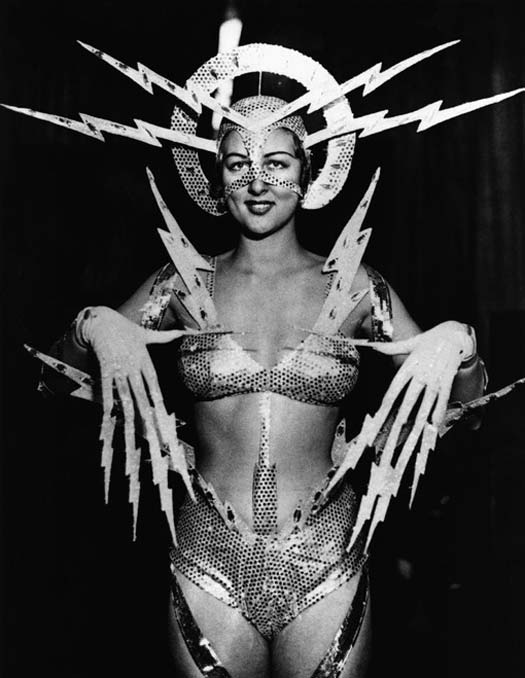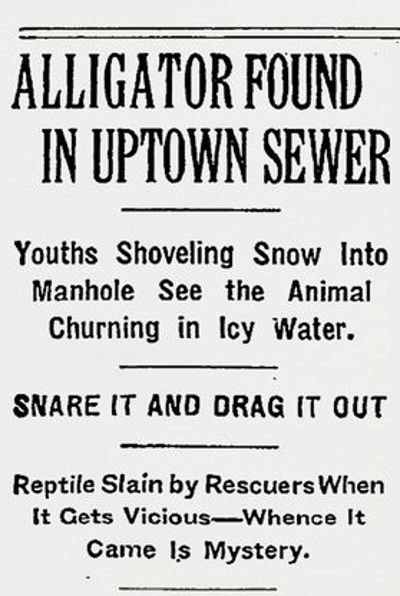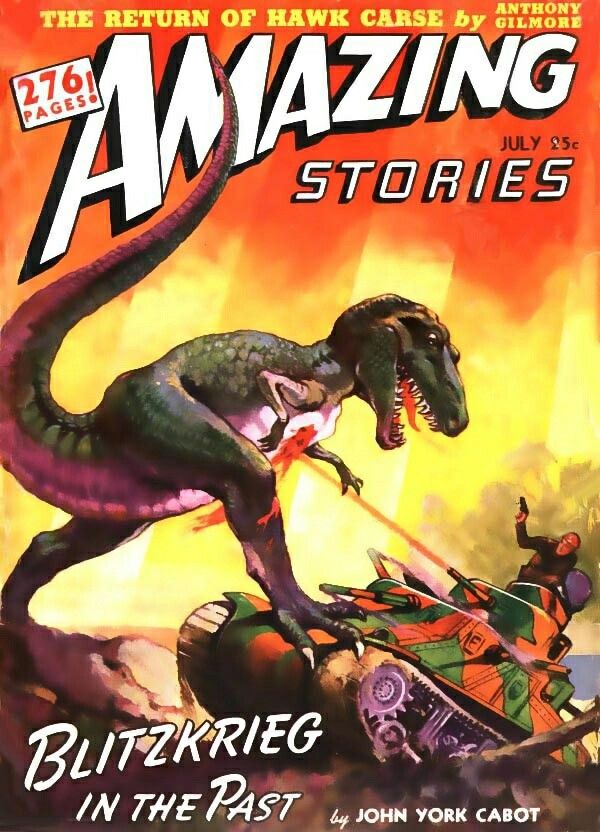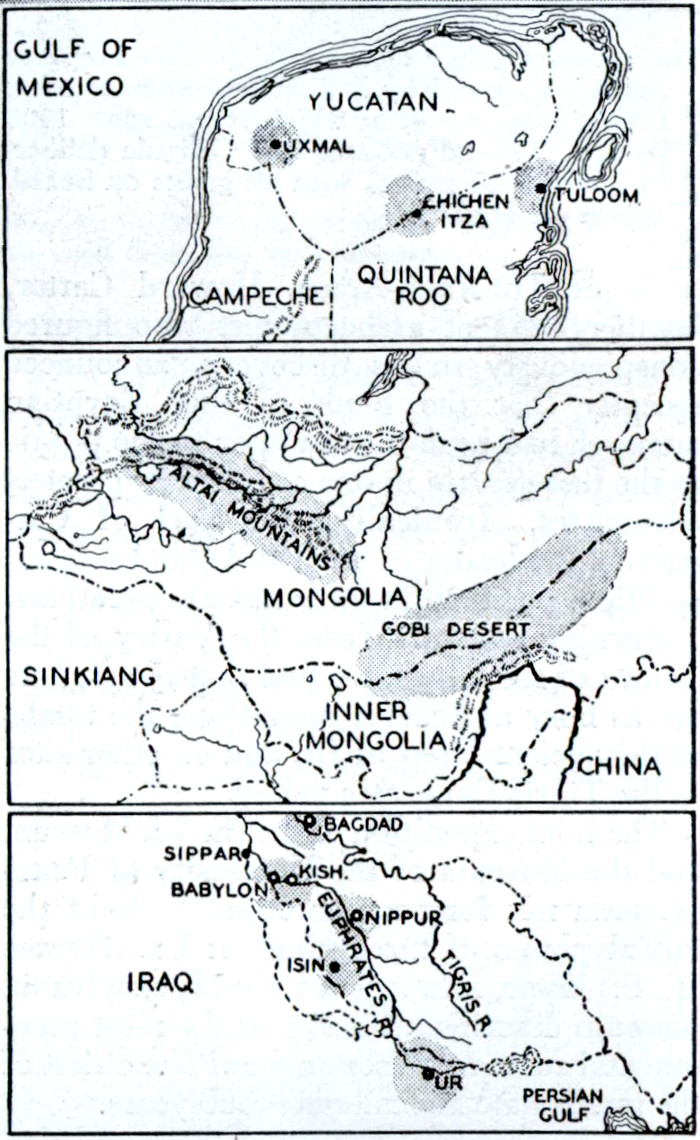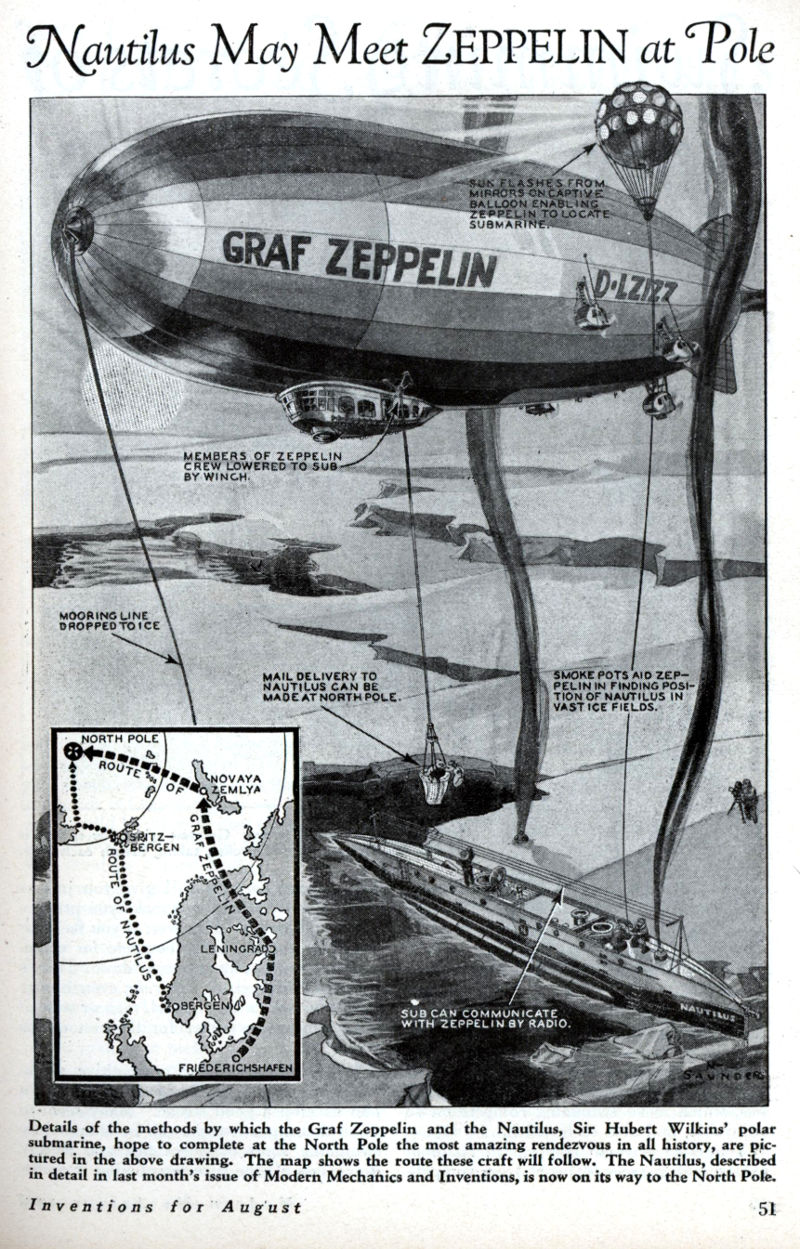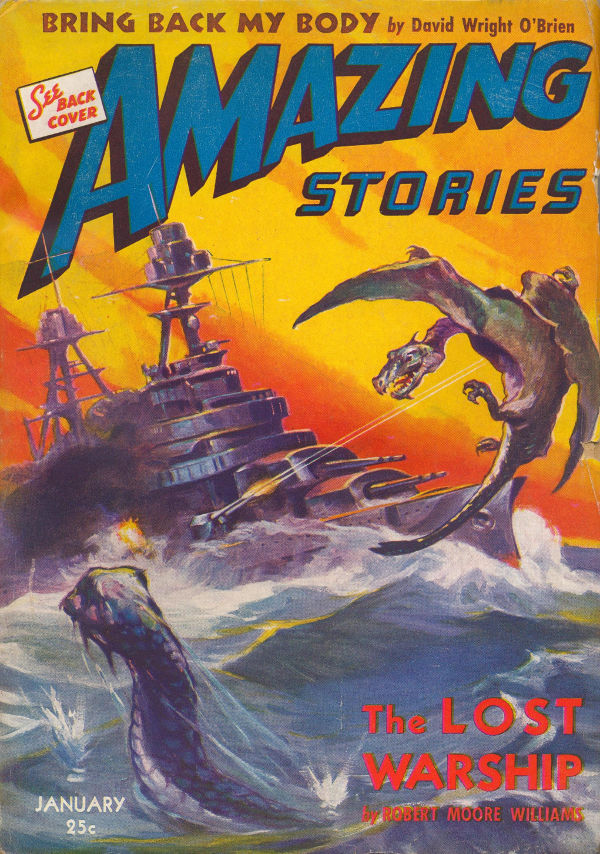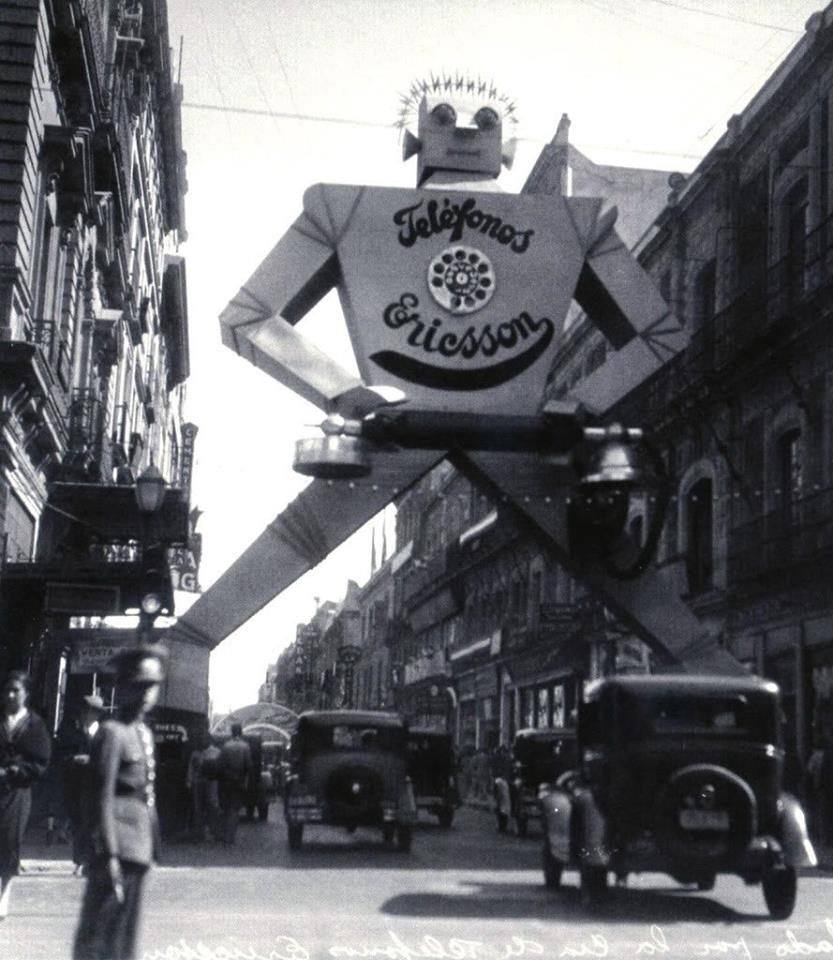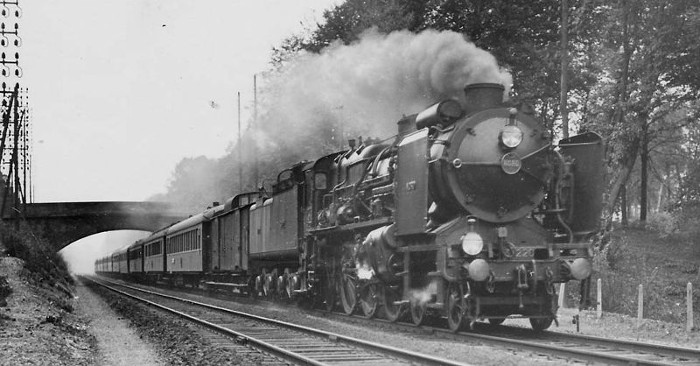Category: Adventure Hooks
Adventures, characters and news stories to get the creative juices flowing!
Harlem Gator, 1935
New York Times
February 10, 1935
The youthful residents of East 123d Street, near the murky Harlem River, were having a rather grand time at dusk yesterday shoveling the last of the recent snow into a gaping manhole.
Salvatore Condulucci, 16 years old, of 410 East 123d Street was assigned to the rim. His comrades would heap blackened slush near him, and he, carefully observing the sewer’s capacity, would give the last fine flick to each mound.
Suddenly there were signs of clogging ten feet below, where the manhole drop merged with the dark conduit leading to the river. Salvatore yelled: “hey, you guys, wait a minute,” and got down on his knees to see what was the trouble.
What he saw in the thickening dusk, almost caused him to topple into the icy cavern. For the jagged surface of the of the ice blockage below was moving; and something black was breaking through. Salvatore’s eyes widened; then he managed to leap to his feat and call his friends.
“Honest, it’s and alligator!” he exploded. Continue reading “Harlem Gator, 1935”
Amazing Stories, July 1942
Areas of Archeological Interest, 1931
Floating Ocean Airport, 1934
UNCLE SAM ASKED TO BUILD Floating Ocean Airports – Popular Science, February 1934
REDESIGNED and improved since its earlier forms were described in this magazine, a new type of “seadrome” or floating airport, is proposed by its inventor, Edward R. Armstrong, as the basis of a modernized plan to bridge the Atlantic with a string of artificial islands. His project, which has attracted the interest of U. S. Government officials, is intended to provide twenty-hour airplane service between America and Europe. It calls for the anchoring of five of the seadromes between America and Spain, at about the latitude of Washington, D. C, to serve as refueling stations about three hours’ flight apart. Planes using these islands in stepping-stone fashion could transport heavy pay loads at high speed, since their loads of gasoline would be light. Continue reading “Floating Ocean Airport, 1934”
Sealed Door of the Padmanabhaswamy Temple
The mysterious door of the ancient Padmanabhaswamy temple, located in Thiruvananthapuram, Kerala, India, is protected by two massive embossed cobras, apart from these, the steel door has no bolts, latches or any other means of entry. Legend has it that the door can only be opened when a secret chant is spelled.
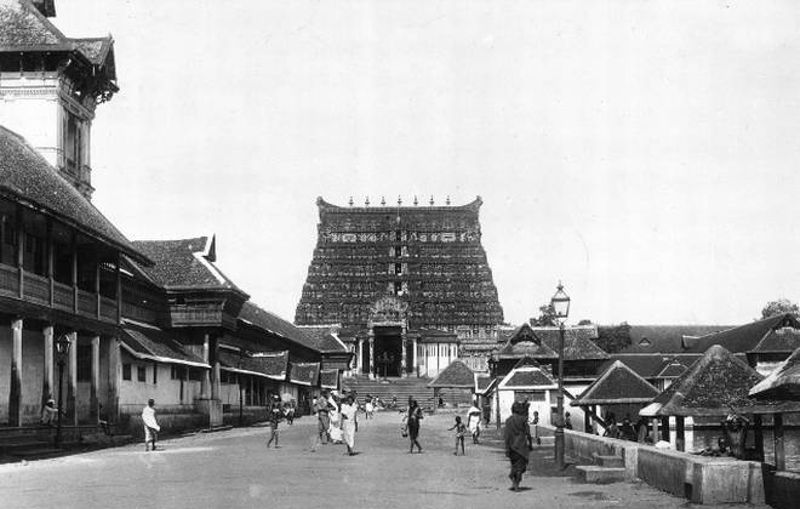 Continue reading “Sealed Door of the Padmanabhaswamy Temple”
Continue reading “Sealed Door of the Padmanabhaswamy Temple”
Meet Me at the Pole, 1931
The original plan, envisioned by explorer Sir Hubert Wilkins and financed by the Hearst press organization, would have been a rendezvous between the LZ-127 Graf Zeppelin and Wilkins’ Nautilus (which was a surplus submarine obtained from the U.S. Navy). Unfortunately mechanical difficulties prevented the vessel from participating in the expedition.
Amazing Stories, Jan 1943
Ericsson Robot, 1933
Orient Express, 1934
The Orient Express was a long-distance passenger train service created in 1883 that joined Western Europe with the Middle East.
Although the original Orient Express was simply a normal international railway service, the name became synonymous with intrigue, luxury & comfort when traveling was still rough and dangerous.
The 1930s saw the services of the Orient Express at its most popular, running three parallel services; The Simplon Orient Express, the Orient Express and the Arlberg Orient Express
It was during this time, the Orient Express acquired its reputation for comfort and luxury, carrying sleeping-cars with permanent service and restaurant cars known for the quality of their cuisine. Royalty, nobles, diplomats, business people patronized it, mingling with those of the middle class. Each of the Orient Express services, incorporating sleeping cars, extending the rail service from one edge of continental Europe to the other. The start of the Second World War in 1939 (again) interrupted the service, which did not resume until 1945.
In 1934, one of its passengers, Agatha Christie, wrote her novel Murder on the Orient Express, partly inspired by the kidnapping of the Lindbergh baby (1932) and events on her trip in 1928-29 which left the train marooned in a snow bank for 6 days.
